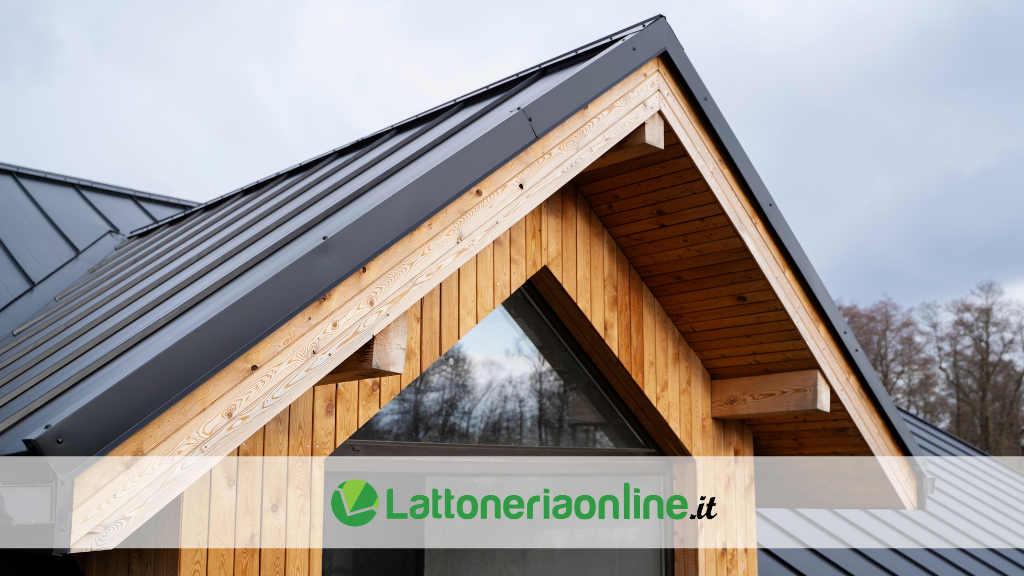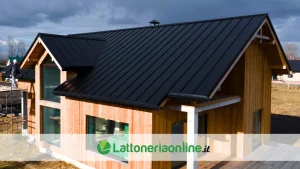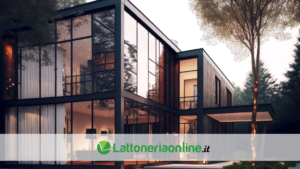
Roof flashings: materials and performance
Roof flashings play a crucial role in the protection and durability of a building. These components are designed to effectively manage rainwater and adverse weather conditions, ensuring proper water drainage and preventing structural damage and infiltrations.
The choice of the right materials for roof flashings is essential to ensure optimal performance over time and to face different environmental challenges. Let’s explore the most common materials used for the creation of weather-resistant flashings and their distinctive characteristics.
Aluminum roof flashings: lightweight and combined strength
Aluminum roof flashings are a popular choice for residential and commercial applications that require high-strength performance. Aluminum is known for its lightweight, which simplifies installation and reduces the load on the building’s structure.
However, despite its lightweight nature, aluminum is surprisingly durable and can withstand intense mechanical and weather-related stress. It is also a non-corrosive material, resistant to rust and weathering, making it ideal for continuous exposure to atmospheric agents. Aluminum roof flashings can be easily adapted to different roof configurations and are available in a variety of colors and finishes to complement the building’s aesthetics. Additionally, aluminum is 100% recyclable, making it an environmentally sustainable choice.
Stainless steel roof flashings: superior strength and exceptional durability
Stainless steel roof flashings are appreciated for their superior strength and exceptional durability. Stainless steel is known for its ability to resist corrosion, rust, and mechanical stress, making it suitable for the most demanding external applications.
Stainless steel roof flashings maintain their integrity over the years, requiring little or no maintenance. They can withstand extreme weather conditions, such as strong winds, heavy rains, and abundant snowfall. Stainless steel is also valued for its elegant and modern aesthetic, adding a touch of style to the building’s roofing. However, it should be noted that stainless steel roof flashings may be more expensive than other options, but they offer long-term value due to their durability and reliable performance.
The choice of the right materials for roof flashings is crucial to ensure the protection and durability of a building. Aluminum flashings offer a combination of lightweight and strength, ideal for various applications. On the other hand, stainless steel flashings provide superior strength and exceptional durability. Both options are highly resistant to corrosion and weathering, ensuring optimal performance over time.
Choosing between aluminum and stainless steel depends on the specific needs of the building, budget considerations, and the desired aesthetics. Opting for high-quality, high-strength flashings is an important investment to ensure the longevity and integrity of the building’s roofing system.



